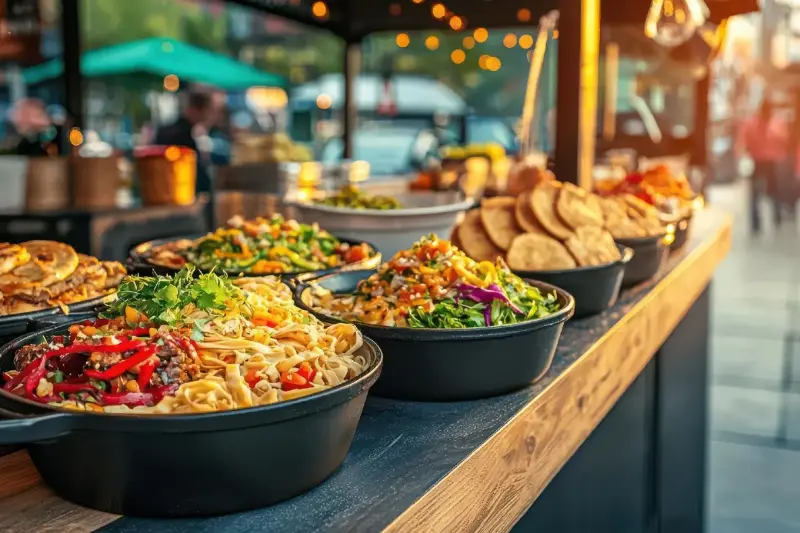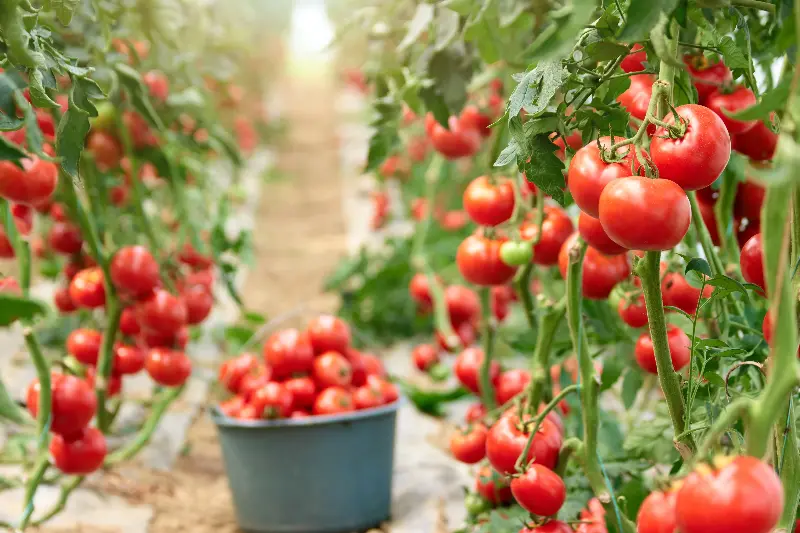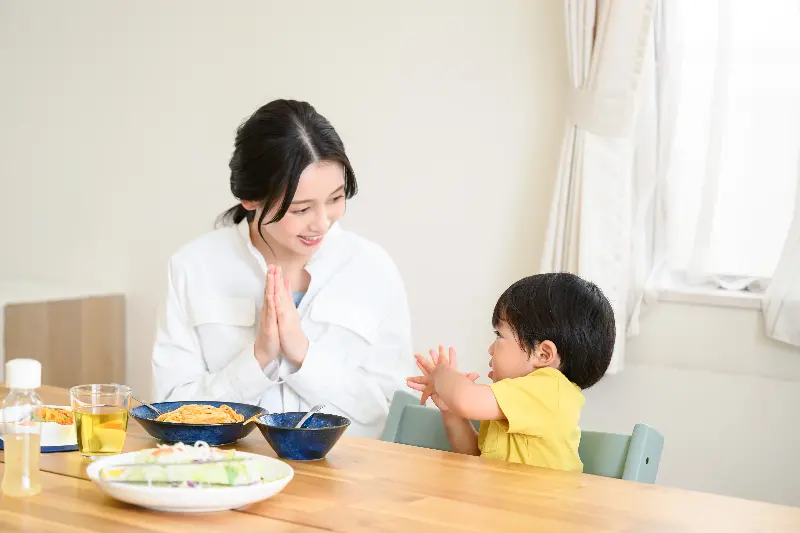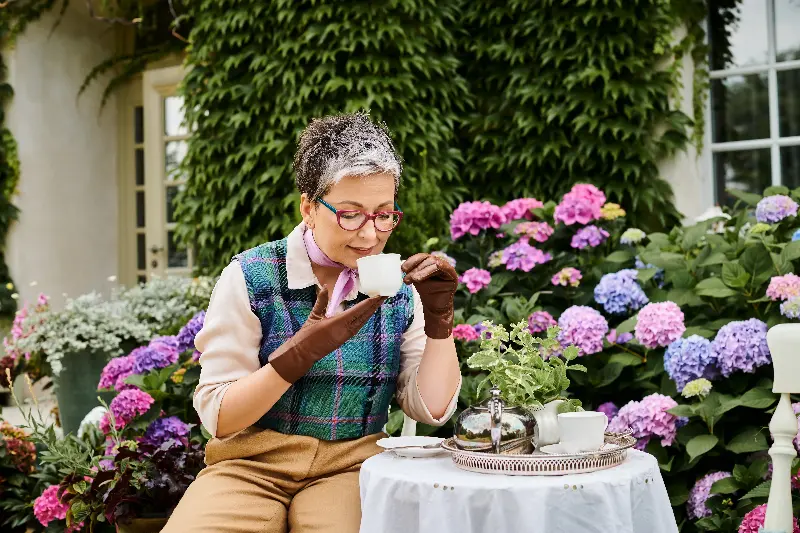Few things tell the story of a nation quite like its cuisine. Long before travel blogs and documentaries, food has connected families, celebrated milestones, and revealed the pulse of everyday life. Every flavour, recipe, and tradition carried from generation to generation is a delicious piece of living history. As you take a bite of a country’s iconic dish, you are, in a way, savouring its past as well as its present. Let’s take a journey off the beaten plate to explore how cuisines around the world whisper tales of migration, resilience, innovation, and identity.

The Language Of Ingredients
Every cuisine begins with what grows close to home. Geography, climate, and trade have historically determined what ends up in the pantry and on the plate. For example, consider how Italy’s sun-kissed fields yield tomatoes, olives, and wheat, giving rise to pizza, pasta, and rich olive oil. Meanwhile, the Nordic reliance on fish and preserved goods echoes their icy waters and short growing seasons.
The presence or absence of certain ingredients can even signal ancient journeys. The once-exotic arrival of chillies from the Americas revolutionised Indian cuisine, while the tomato’s travel to Europe from the New World transformed Mediterranean cooking forever. In Thailand, the combination of lemongrass, galangal, and coconut milk in curries reflects the tropical landscape, while in Mexico, corn, beans, and chillies form the sacred culinary trinity of a culture stretching back thousands of years.

Traditions At The Table
The ways in which people gather to eat are traditions as telling as the food itself. In France, everyday meals can stretch for hours with conversations as rich as the courses themselves, blending ritual with relaxation. The Japanese practice of “itadakimasu” before meals isn't merely polite; it is a moment of gratitude to those who grew, prepared, and served the food—a window into a communal philosophy.
Meanwhile, in Ethiopia, injera, the spongy flatbread, is communal by nature: family and friends tear and share from a large platter, symbolising unity. In India, festivals like Diwali or Onam see homes filled with the scents of sweets and aromatic curries, each holiday recipe steeped in meaning, passed down as cherished heirlooms. These traditions are more than just habits; they are living expressions of values, identity, and intimacy.

Flavours Of History And Resilience
Wars, colonisation, trade, and migration have all left their mark on national cuisines—forging hybrid flavours and new techniques. Consider the British love of tea, a drink rooted in ancient China, enriched by global exchanges and colonial history. Or look at Peruvian ceviche, a dish blending indigenous fish and citrus with onions brought by the Spanish.
Enslaved West Africans in the Caribbean combined native ingredients like plantain and cassava with new, unfamiliar foods to create dishes such as ackee and saltfish or callaloo, both celebrations of survival and adaptation. Similarly, jambalaya and gumbo in the American South echo the mixing pots of Indigenous, African, French, and Spanish cultures. Each forkful tells a chapter of pain, hope, and humanity.

The Modern Plate: Migration And Innovation
As people move and cities grow, the boundaries of national cuisines continue to blur and bloom. London’s vibrant curry houses, New York’s bagel shops, and Melbourne’s Vietnamese noodle bars each tell stories of migration and merging tastes. Fusion food, long viewed as controversial by purists, is now seen as a celebration of diversity—a delicious way for younger generations to reconnect with and reinterpret their roots.
At the same time, chefs and home cooks are often guardians of disappearing culinary knowledge. Across Europe and Asia, there is renewed interest in ancestral grains, forgotten vegetables, and slow-food techniques as people look to reconnect with tradition in an increasingly modern, fast-paced world.
